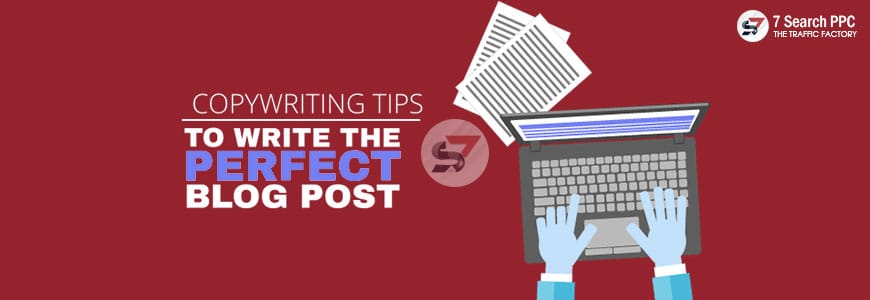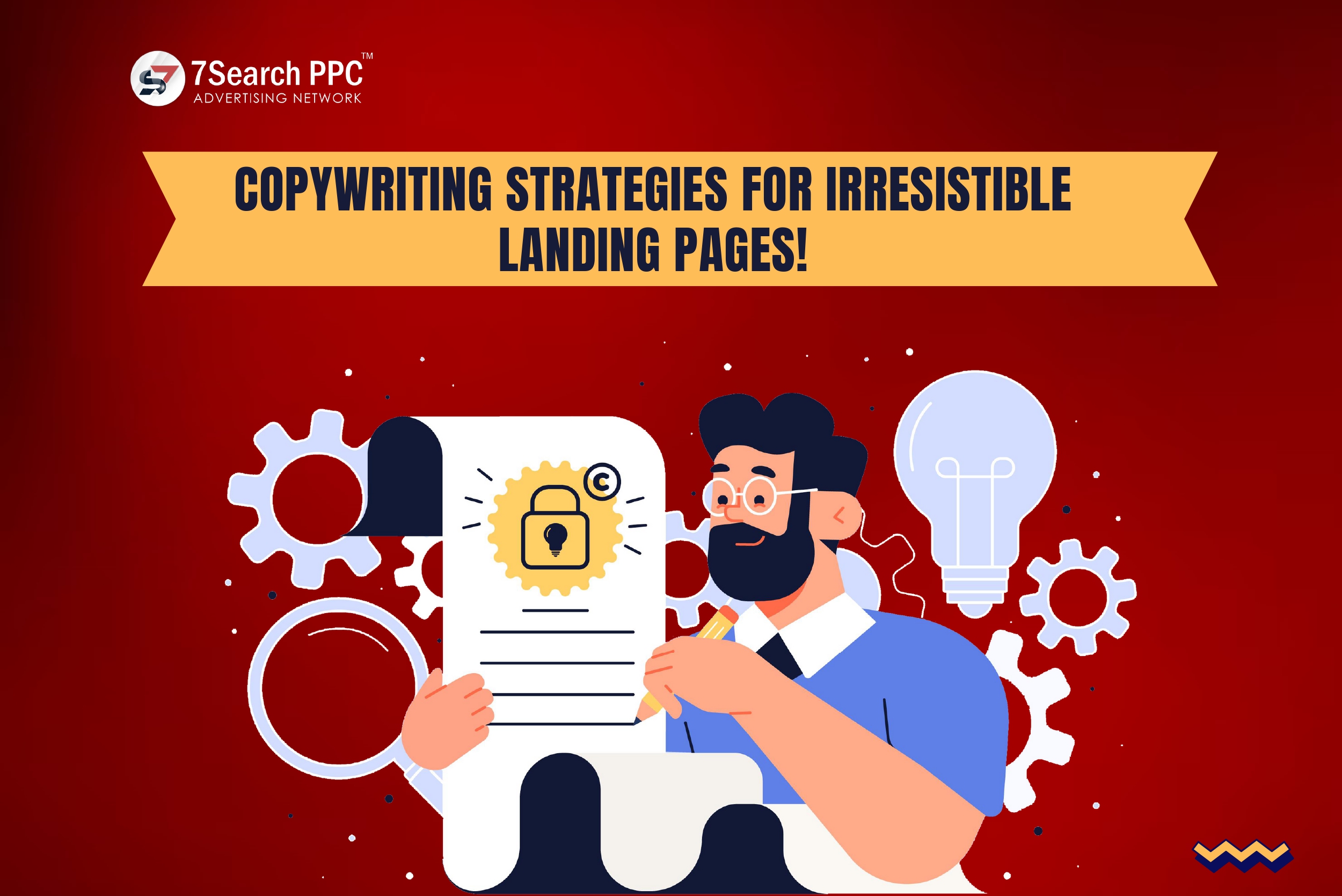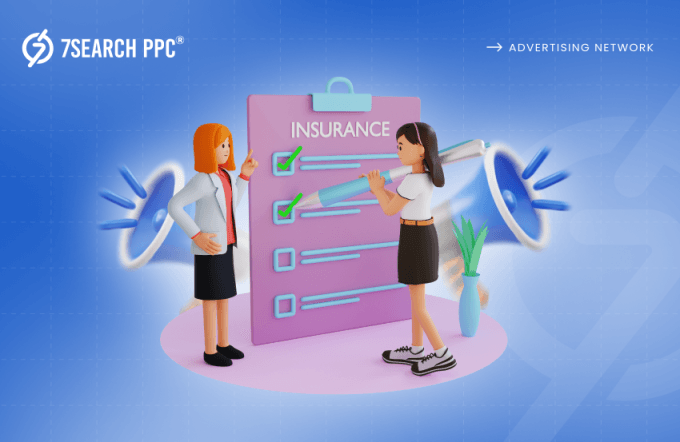In the modern era of the business world, marketing professionals should be a multitasker with diverse skills. But in reality, it is a difficult task. So, of course, you are continually looking for ways to shrink your workload, including beefing up your landing page copywriting tips to maximize conversions, but have you ever thought, What are the highest-performing landing pages doing that makes them so useful?
The answer to this question is coming back from 350 BCE; the Greek philosopher Aristotle argued that persuasion consists of three things: emotions, ethics, and logic.
You may be wondering how he can teach you about landing page copywriting tips. Surprisingly, a lot.
Many of the things that he said centuries ago are true today. The following are six quick and practical copywriting tips:
- Write like a human
- Encourage actions
- Be clear and concise
- Validate your copy using social proofs
- Make use of statistics with strategy
- Argue a strong value proposition
Following the above tips, every landing page copy element can win more conversions. Let‘s know how you can apply these techniques to stand out from your competitors.
The emotional appeal
When business houses add their emotions to the ad copy, it becomes easy for them to reach their audience more quickly. What feeling is to be used depends on the industry. Medical practitioners use words associated with sadness and fear, for example, while marketing experts in the finance and insurance industry rely on trust-related language. Take a look at the full report to see all the industry-specific data.
Tip-1: Write like a human with empathy
To write an emotional ad copy, you should:
Use inclusive language
According to Aristotle, emotions, and experience differs from person to person, and to invoke these feelings, you should understand and relate to the audience.
For example, if you check the landing page of a home loan guru, you can see that they target homebuyers with low credit scores who are seeking a loan: “Poor credit score? We help when the banks say no.”
Use hypophora to frame the problem
Hypophora is a rhetorical device used when raising a question and answering that immediately.
Be aware of Sounding inauthentic
Expressing empathy through your words can create a connection between you and your audience, but overdoing it comes off as insincere and may harm your brand perception. Many things are going on globally (#2020WorstYear) to incorporate your copy to engage your audience.
Tip-2: Encourage actions
You should,
Focus on concise and powerful actionable verbs
It is tempting to dust off all the adjectives when exciting your product but make sure your copy does not digress. It is not only hard to follow it also may come off as disingenuous.
Consider the point of view
For creating a persuasive landing page, you should give your point of view. It will help your audience to envision themselves buying or using your product.
Suggest scarcity
Create some sense of urgency in your ad copy by noting deadlines, expiration dates, and a limited supply of the product. Most people will purchase your product immediately out of fear that it won’t exist tomorrow. It will undoubtedly influence your prospective customer base.

The Ethical Appeal
Aristotle described ethics as persuasion through character. In other words, you should demonstrate to the audience that you are a credible and honest source of information. For your landing page, you should try a couple of ways to increase authority through copy—and it requires less writing.
Rather than telling a big story, show confidence in the value you bring to your product by being transparent to the audience. Keep your ad copy in a short and simple form, and use social proof to uphold your promise.
Tip-1: Be clear and concise
To be clear and concise, you should
Use lesser words and simple language
Try to prove your point with fewer words and simple language. For example, try to keep it under 300 words and write at a middle-school reading level.
Use bullet points or lists
Make it easy for your audience by using lists of bullet points. Bullet pointers and lists are especially great for laying off all the juicy benefits of your product or service juicy benefits.
Repetition
Please Don’t try to cover everything your product or service can do for every potential customer. Please stick to one unique selling proposition (USP), put it in your headline and call-to-action CTAs, and then repeat it a few times throughout the landing page.
Tip-2: Validate your copy using social proof
To optimize your social proof, you should,
Source testimonial from your top customer
If you use customer engagement tools such as the Net Promoter Score (NPS) survey, it will help you identify your biggest fans.
Get a specific review
Social proof often works off the idea that there is safety in numbers—but people seek protection in numbers with people like them. When building landing pages, it helps to use testimonials that speak to each buyer persona and the products they’re pursuing.
Use relevant endorsement
The business houses can also use social proof in the form of a relevant expert or influencer endorsement.
Be aware of using negative social proof
We may think that we are making an impactful statement by incorporating negative social proof into our copy. But it can give mixed signals.
The Logical Appeal
While our emotions tell a lot of our buying behavior, we all like to believe we’re making smart and logical decisions.
Tip-1: Use statistics strategically
To use statistics strategically, you should
Incorporate farming effect
As objective as statistics may seem, we can frame the same information in various ways to create different effects. The purpose of the framing development isn’t to manipulate but to express numbers in a way that resonates with your audience.
Tip-2: Argue a strong value proposition
To make a strong value proposition, you should:
Focusing on the benefits
Dedicate your landing page copy to your customers’ specific benefits—because if they can’t see how you directly solve their problems, they will seek a solution elsewhere.
Anticipating the objection
Procatalepsis, also called prebuttal, is a rhetorical device used to strengthen an argument by dealing with possible counterarguments before the audience can raise them.


















